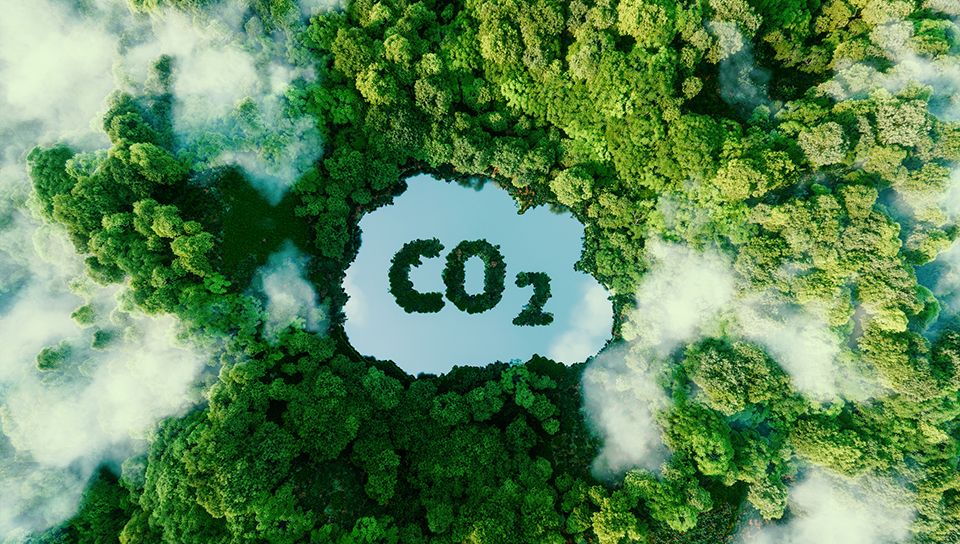As companies continue to make efforts to achieve their climate and emission reductions goals, many may consider the purchase of carbon offsets or an equivalent instrument.
However, the fragmented and bilateral nature of the voluntary carbon markets may cause potential purchasers to exercise caution when evaluating carbon offsets. There are concerns that market participants may have with transacting carbon offsets in the voluntary carbon markets, and there are issues to bear in mind when negotiating contracts to purchase them.
A carbon offset is an instrument that represents a permanent reduction in greenhouse gas (GHG) emissions or an increase in carbon removal or storage that is used to compensate for emissions that occur elsewhere. A holder of a carbon offset can represent that it has reduced the amount of carbon dioxide (CO2) in the atmosphere by one ton through the project for which the carbon offset relates.
Purchasers must have the confidence and assurance that the carbon offsets purchased reflect the permanent reduction or removal of CO2 from the atmosphere that would not have otherwise been removed. The lack of standardization in the voluntary carbon markets, questions about the permanence of carbon offsets and the lack of market transparency are among the issues that purchasers or potential purchasers of carbon offsets often face.
Below are several factors that purchasers should bear in mind as they negotiate contracts to purchase carbon offsets or similar instruments. Purchasers can build in contractual protections that mitigate against key risks and issues, including those noted above.
- Which standard applies to the offsets? There are several standards bodies with different requirements and approaches to approving projects that generate carbon offsets. Until the market can achieve convergence to a standard that would apply to all carbon offsets, a purchaser should ensure that the standard applicable to assessing the carbon offset is set forth in the contract.
- How will the offsets be verified? A purchaser should assess whether the standard and the method used to verify the offsets provide confidence in their validity and the emissions reductions represented. Questions include who will verify the carbon offsets against that standard and whether the purchaser will receive some form of documentation or confirmation of such verification.
- Do the offsets reflect the permanent removal or reduction in GHG emissions? The project underlying the offsets can dictate the protections needed in the contract to ensure the permanence of the emissions removed or reduced. For example, it may be more difficult to demonstrate permanence for offsets associated with nature-based projects such as forest preservation efforts than for carbon offsets associated with carbon removal projects. At bottom, a purchaser should ensure that a contract addresses situations in which the emissions are no longer removed or reduced.
- Have the carbon offsets been double counted? Offsets can be recorded in different registries, each of which tracks when and how they are generated, issued and retired. A purchaser should ensure that offsets are permanently removed from the voluntary carbon markets and cannot be used to offset other emissions once they are retired on the purchaser’s behalf.
Regulation over the voluntary carbon markets may be forthcoming. Recently, the chairman of the Commodity Futures Trading Commission (CFTC) stated that the it will investigate suspected fraud and manipulation in the voluntary carbon markets.
The CFTC is also considering whether it should create a registration framework for market participants. Separately, the Securities and Exchange Commission has a proposal pending that, if finalized, would require companies to provide climate-related disclosures to its investors that address the use of offsets, the amount of reduction represented by the offsets and information about the source of the offsets. This disclosure requirement was proposed to help address concerns with offset verification, accuracy and the quality of offsets and the desire to provide additional insight into how companies count offsets toward their climate goals.
As the voluntary carbon markets continue to scale and regulators determine their role in overseeing them, purchasers should continue to include protections in their contracts to mitigate against risks associated with carbon offsets and ensure that they reflect a real and permanent removal and reduction in emissions.








